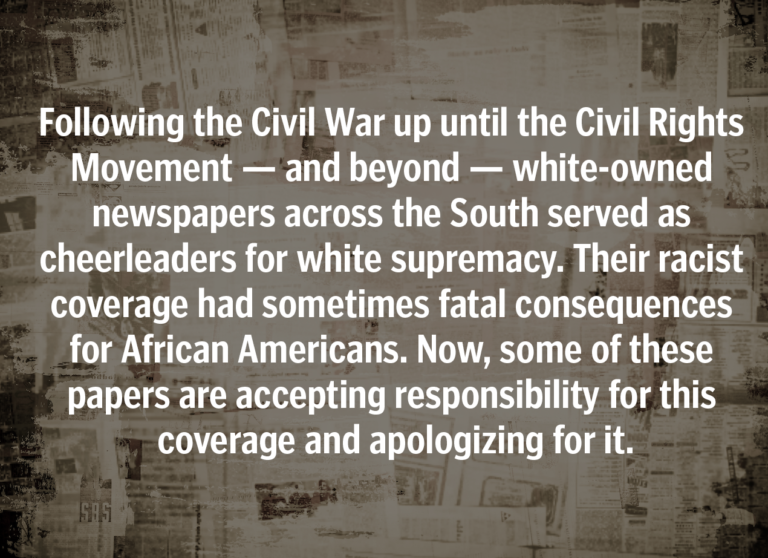Maligned in black and white
Southern newspapers played a major role in racial violence. Do they owe their communities an apology?
By Mark I. Pinsky
Following the Civil War up until the Civil Rights Movement — and beyond — white-owned newspapers across the South served as cheerleaders for white supremacy. Their racist coverage had sometimes fatal consequences for African Americans. Now, some of these papers are accepting responsibility for this coverage and apologizing for it.
We talked to historians, journalists and other experts to determine the impact that these apologies have — if any — and the lessons for today’s journalists.
Maligned in black and white
Southern newspapers played a major role in racial violence. Do they owe their communities an apology?
By Mark I. Pinsky
Following the Civil War up until the Civil Rights Movement — and beyond — white-owned newspapers across the South served as cheerleaders for white supremacy. Their racist coverage had sometimes fatal consequences for African Americans. Now, some of these papers are accepting responsibility for this coverage and apologizing for it.
We talked to historians, journalists and other experts to determine the impact that these apologies have — if any — and the lessons for today’s journalists.
In January, the Orlando Sentinel posted an impassioned apology for inflaming racial tensions decades ago in a 1949 case called “The Groveland Four.” Four young African American men were accused of raping a white woman, charges that resulted in the extra-judicial killings of two of them and the lengthy imprisonment of two others.
The occasion for the editorial was the anticipated official pardon by the State of Florida’s Clemency Board, chaired by newly elected Gov. Ron DeSantis, who characterized the case as a “miscarriage of justice.” This followed a vote two years ago by the Florida legislature for a “heartfelt apology” to the families of the four men.
In recent years, a handful of the region’s newspapers have stepped forward to accept responsibility for biased reporting and editorials, shouldering their share of the burden of racist Southern history. They are acknowledging — belatedly — what their forebearers did and did not do in covering racism, white supremacy, terror and segregation over the past 150 years. Some newspapers, including the Sentinel, had especially grievous sins to confess.
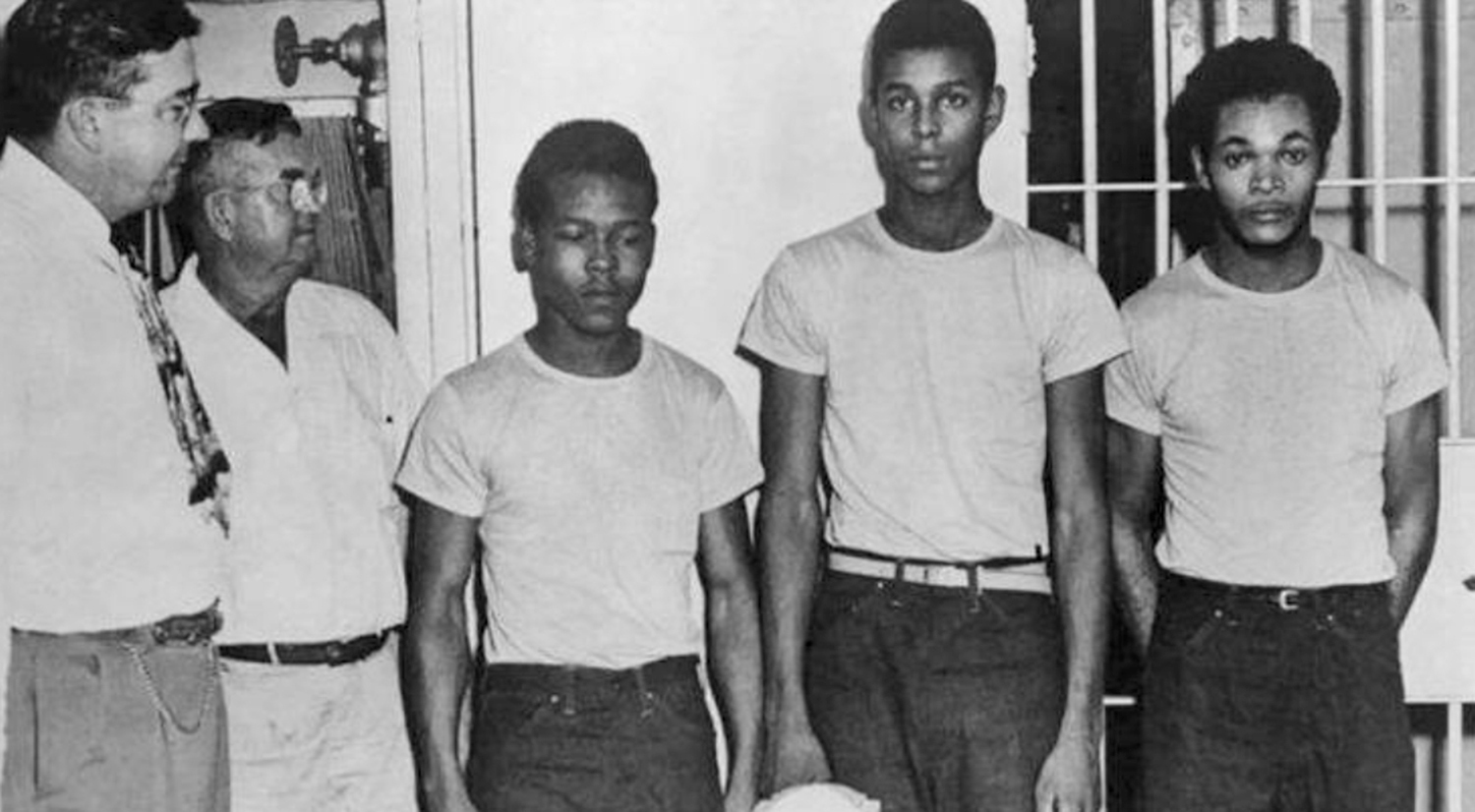
The Orlando Sentinel: 'We're sorry'
Noting the State of Florida’s apologies for what was unfairly inflicted on the Groveland Four, the Sentinel wrote in an updated version of the editorial that appeared on the front page of the Sunday, Jan. 6, print edition:
“Now it’s our turn.
“We’re sorry for the Orlando Sentinel’s role in this injustice. We’re sorry that the newspaper at the time did between little and nothing to seek the truth. We’re sorry that our coverage of the event and its aftermath lent credibility to the cover-up and the official, racist narrative.
“We’re sorry that reporters and editors failed in our duty to readers, to the community and to the Groveland Four and their families.”
The case was the subject of Gilbert King’s 2013 Pulitzer Prize-winning book, “Devil in the Grove: Thurgood Marshall, the Groveland Boys, and the Dawn of a New America,” which set in motion the state’s reexamination of the case. After recounting the details of the case and coverage, the editorial continued:
“The story had many more ugly twists and turns marked by lies, cover-ups and injustice.
“You wouldn’t know it from reading the Orlando Morning Sentinel in the years immediately following the incident.
“Instead, the paper inflamed the public several days later, publishing on the front page a cartoon that showed four empty electric chairs and labeled ‘The Lake County Tragedy’ and ‘The Supreme Penalty.’ Above the cartoon, a title read, ‘No Compromise!’ The cartoon ran just as a grand jury was convening. It quickly returned murder indictments against the men.”
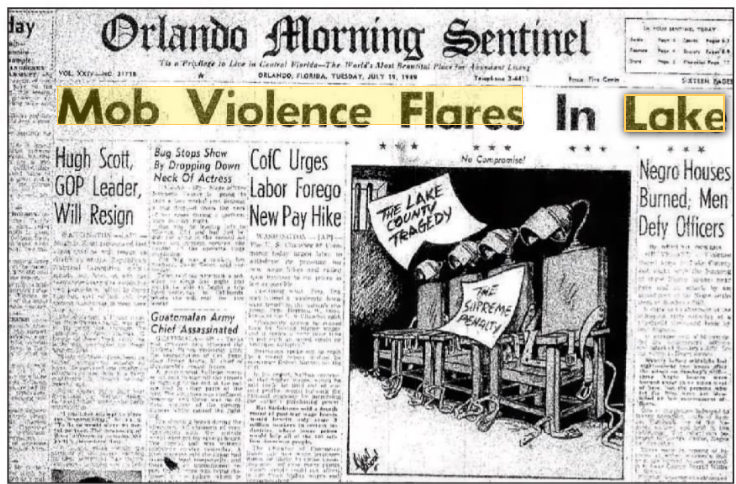
There was more:
“After a federal grand jury was impaneled in 1950 to consider civil rights violations in the case, longtime Lake County reporter Ormund Powers responded with a lengthy article. Powers, who covered the incident from the start, wrote, ‘The case is closed, but angry and malicious words still come from a radical Northern Negro press and certain Negro writers.’”
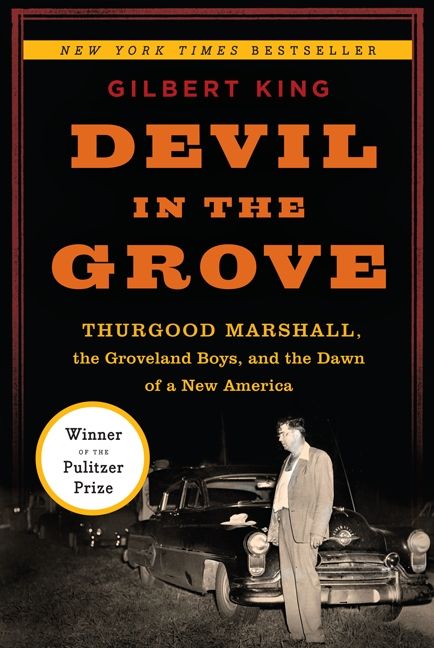
Powers defended longtime Lake County Sheriff Willis McCall, the architect of the killings and the subsequent frame-up. McCall was so corrupt a rural lawman that even the Sentinel would later describe him as “caricature of a white racist Southern sheriff.”
“Powers wrote fondly of McCall, one of the genuine villains in Central Florida’s history. In a November 1951 column, Powers had this to say: ‘Knowing McCall as long as we have, and watching his face as he testified … we have no doubt he was telling the truth when he said the Negroes attacked him and he shot in self defense.’”
In 1951, the U.S. Supreme Court ordered a new trial for the surviving defendants, citing in particular the Sentinel’s coverage of the case.
“Newspapers, in the enjoyment of their Constitutional rights,” wrote Justice Robert H. Jackson, “may not deprive accused persons of their right to a fair trial … (S)uch a crime stirred deep feeling and was exploited to the limit by the press.”
Jackson singled out the Sentinel’s cartoon of the four electric chairs, and a headline reading, “Flames from Negro Homes Light Night Sky in Lake County.”
Despite the Supreme Court’s order for a new trial, one of the three survivors was subsequently murdered by McCall and another gravely wounded before they could be retried.
Mike Lafferty, the Sentinel opinions editor who wrote the Jan. 6 piece, said it grew out of reporters preparing news stories about the imminent pardon.
“We can’t run away from it, so we thought it was best to confront it directly,” he said. After consulting with the paper’s editor-in-chief, Julie Anderson, and making sure that no apology had been issued in the past, Lafferty wrote the editorial.
“We thought it was important to take full and unequivocal responsibility for what we had published,” he said, and “wanted to avoid the weaselly construction of, ‘If our actions offended anyone …’
“We did not want it to come off like a grudging apology, that we had been backed into a corner,” he said. “We genuinely thought that we owed an apology. It had to be sincere and without conditions.”
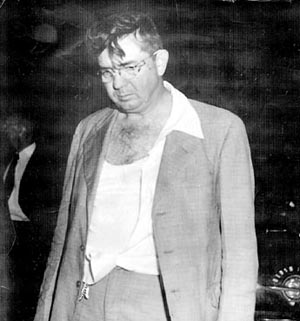
“I’d say the Sentinel’s apology is a way of accepting responsibility for contributing to the public’s cry for vengeance,” said King, author of “Devil in the Grove,” which has been optioned for the screen by Amazon Studios, in a telephone interview. “Definitely better late than never … The easier thing is to do nothing and refuse to take a position. I think that happened for seven decades after this case.”
Other newspapers: 'We were wrong' and 'careless'
The Sentinel editorial was the latest in a series of similar apologies by Southern newspapers that had long supported segregation. Beginning in the early 2000s, newspapers in cities like Lexington, Kentucky; Jackson, Tennessee; and Tallahassee, Florida, acknowledged their reporting failures during the Civil Rights Movement.
Do you know of other newspapers that have issued apologies for past publication? Send us a note to news@poynter.org.
Typical was this from the Meridian (Mississippi) Star on Jan. 9, 2009, marking that year’s Martin Luther King Jr. Day observance:
“There was a time when this newspaper — and many others across the south — acted with gross neglect by largely ignoring the unfairness of segregated schools, buses, restaurants, washrooms, theaters and other public places. We did it through omission, by not recording for our readers many of the most important civil rights activities that happened in our midst, including protests and sit-ins. That was wrong. We should have loudly protested segregation and the efforts to block voter registration of black East Mississippians.”
On April 26, 2018, the occasion of the opening of The National Memorial for Peace and Justice, dedicated to thousands of lynching victims, the Montgomery (Alabama) Advertiser apologized for its coverage of the killings from the 1870s to the 1950s.
In the front-page editorial, the board wrote that “we were wrong” and “careless” in reporting during that period.
“We propagated a world view rooted in racism and the sickening myth of racial superiority.”
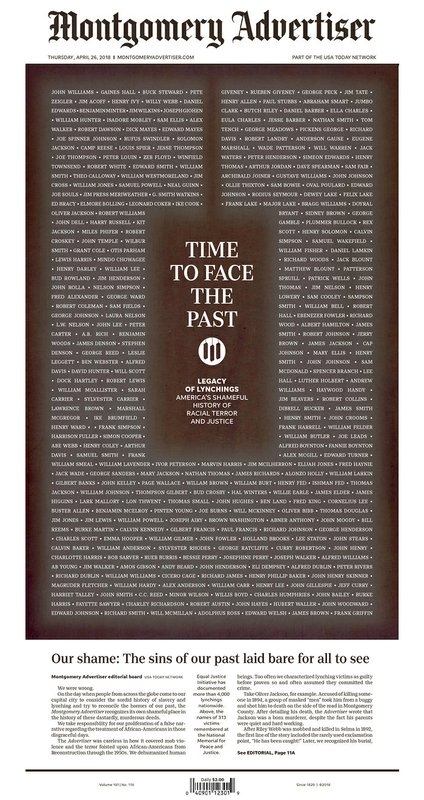
The Advertiser’s executive editor, Bro Krift, told the Associated Press that the paper was “clearly complicit” in failing to hold vigilantes and law enforcement responsible for their actions.
“We wrote stories with loaded words… We were making assumptions about what was going on. That’s fundamentally what you’re not supposed to do as a journalist. You’re supposed to be non-biased.”
These other apologies — for failing to cover an important story, or shading coverage — as the Meridian Star noted, were for what theologians would call “venial sins”: those of omission.
There is a mixed reaction among historians.
“These apologies are better than nothing,” said David Levering Lewis, professor of history at New York University, and two-time Pulitzer Prize winner for his two-part biography of W. E. B. Du Bois.
“It never hurts for people or institutions to own their mistakes or re-examine past and present biases,” said Peter Wood, author of “Black Majority: Negroes in Colonial South Carolina from 1670 Through the Stono Rebellion.”
“Historians, like reporters, often use multiple conflicting sources to get at the truth,” Wood said. “So we welcome corrections and admissions from newspapers willing to re-examine their past. … Sins of omission are as large as sins of commission in the publishing world.”
Apologies from papers like the Advertiser for their failings during the 1960s seem “appropriate and desirable, given how bad they were,” said Civil Rights historian David Garrow, winner of the 1987 Pulitzer Prize for his biography, “Bearing the Cross: Martin Luther King, Jr., and the Southern Christian Leadership Conference.”
But, he added, in a telephone interview, “There is a meaningful historical line between criminal complicity and passive disinterest.”
“How these white newspapers reported on race, and how they signaled blackness as threatening, contributed to not just perceptions about black people, but stirred responses … that imperiled the lives of African Americans,” said Phillip Luke Sinitiere, W. E. B. Du Bois Visiting Scholar at the University of Massachusetts Amherst.
The Sentinel’s editorial apology, addressing the matter of its ethical and historical culpability, dealt with something greater than neglecting coverage of the Civil Rights Movement in the 1960s. Its coverage of the Groveland Four, the Sentinel acknowledged, caused — or at least appeared to give cause to — the deaths of African Americans. And they were not alone.
Some critics have dismissed these modern acknowledgments as both belated and merely symbolic, apologies for actions taken by editors, publishers and reporters who may no longer be alive to be held responsible.
Thus, a handful of newspapers have looked to the more distant past.

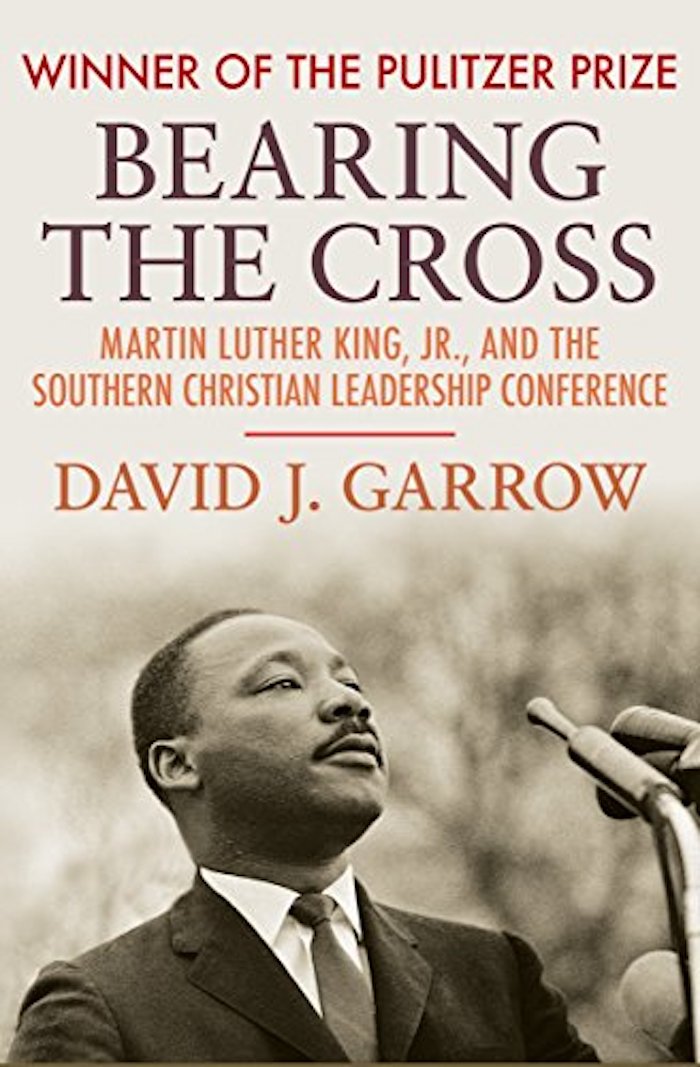
The News & Observer: 'Not a history we can undo'
On that point, the Sentinel’s editorial apologizing for its role in covering the 1949 Groveland Four case echoes a similar in-depth mea culpa issued by The (Raleigh, North Carolina) News & Observer in 2006 that confronted its central role in inciting the 1898 Wilmington Race Riot. The episode was actually a pogrom resulting in the deaths of hundreds of African Americans, perpetrated by terrorist vigilantes in that port city. The mob action involved the violent overthrow of an elected, multiracial city government, which was replaced by a white supremacist junta.
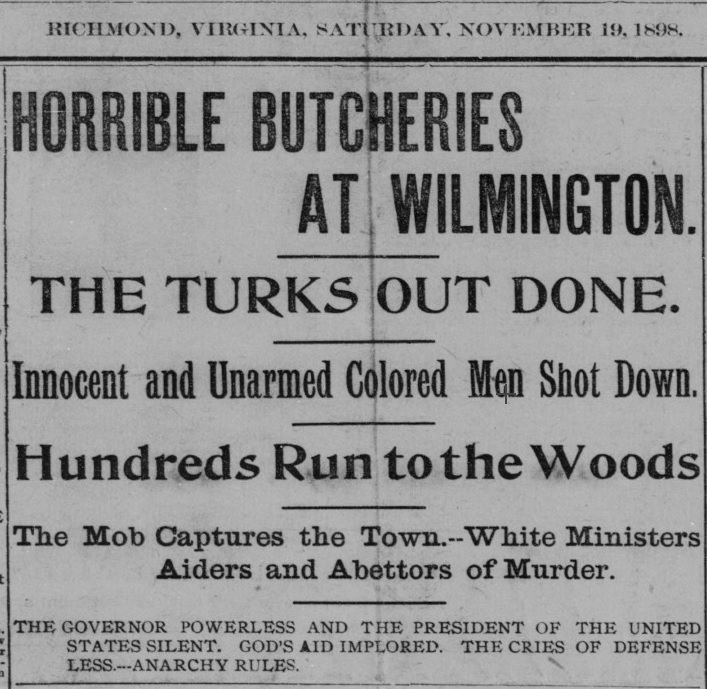
Until the late 1990s, the episode had been largely ignored or covered up by public school histories. In 1998, a conference in Wilmington marked the centennial of the 1898 coup, a gathering that was covered by the News & Observer. Two years later, the state legislature established the Wilmington Race Riot Commission to re-examine the historical record. The commission held public hearings and conducted other research, events and activities that were also covered by the newspaper, recalled then-executive editor Melanie Sill, in an email interview.
In 2006, the report was released, including the roles played by Josephus Daniels, the owner and publisher of the News & Observer. After reading the report, Sill, together with Orage Quarles, then the publisher and an African American, and other editors, “decided we wanted to do a special report and distribute it as widely as possible,” she said.
“We decided to hire an outside writer to tell the story, including the newspapers’ part in the events.”
They settled on Duke University historian Timothy Tyson, best known as the author of “Blood Done Sign My Name,” a personal history of the civil rights upheaval following a 1970 lynching in his hometown of Oxford, North Carolina. Tyson spent part of his teenage years living in Wilmington. The result was a 16-page special section written by Tyson, “The Ghosts of 1898: Wilmington’s Race Riot and the Rise of White Supremacy.”
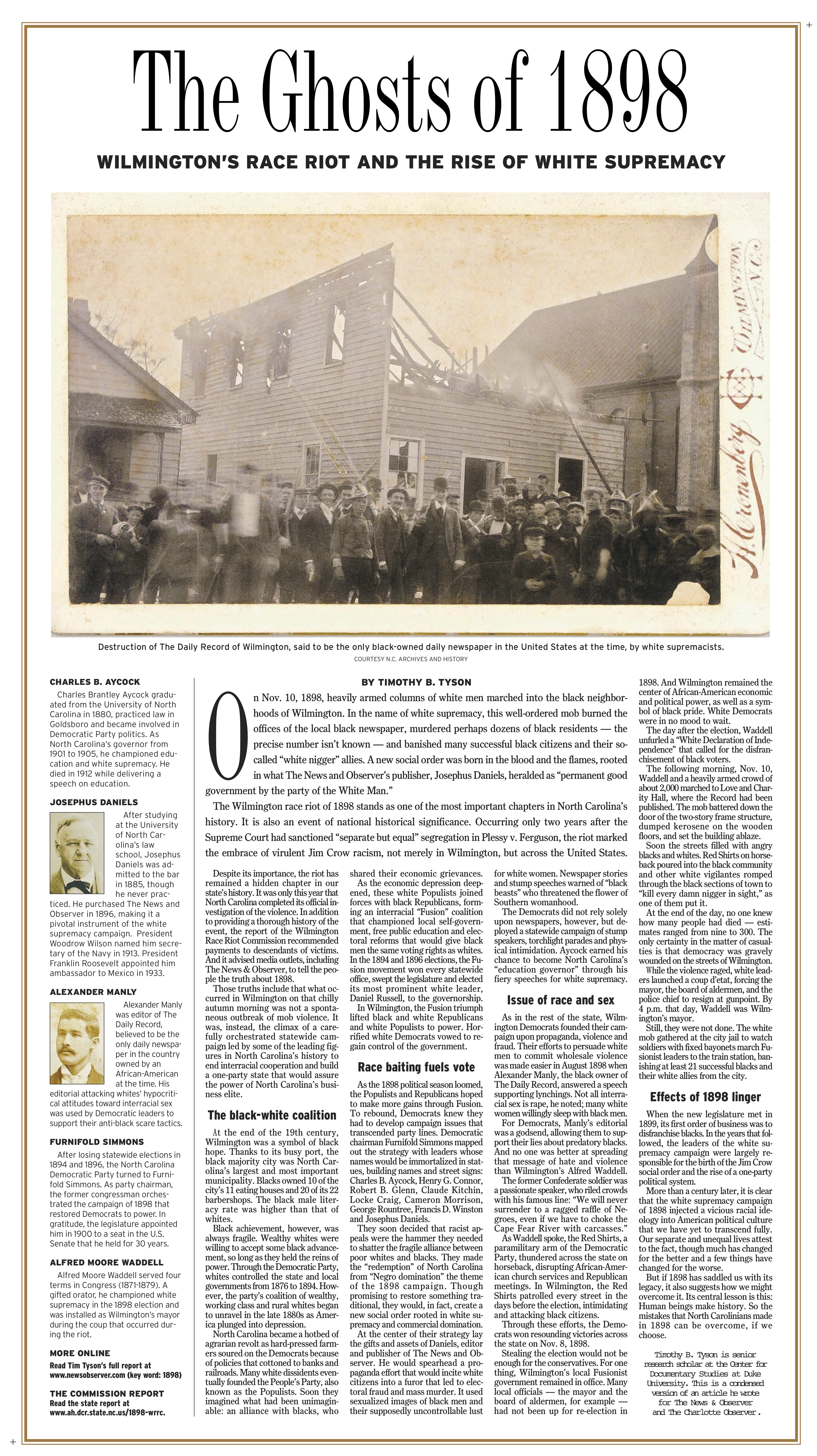
Tyson lost no time in apportioning culpability for the events to white-owned, North Carolina newspapers.
“Without the cooperation of the newspapers, especially the News & Observer,” he wrote in 2006 within the pages of the News & Observer, “the white supremacy campaign could not have succeeded.”
Three times on the section’s front cover he lambasted the newspaper’s owner, Daniels, who would go on to become secretary of the Navy and U.S. ambassador to Mexico. The Daniels family sold the newspaper to McClatchy in 1995.
In 1898, Tyson wrote, a political campaign was launched by ex-Confederate Democrats to seize political control of all levels of North Carolina’s elected government from a coalition of white Populists and a minority of black Republicans — by violence, if necessary.

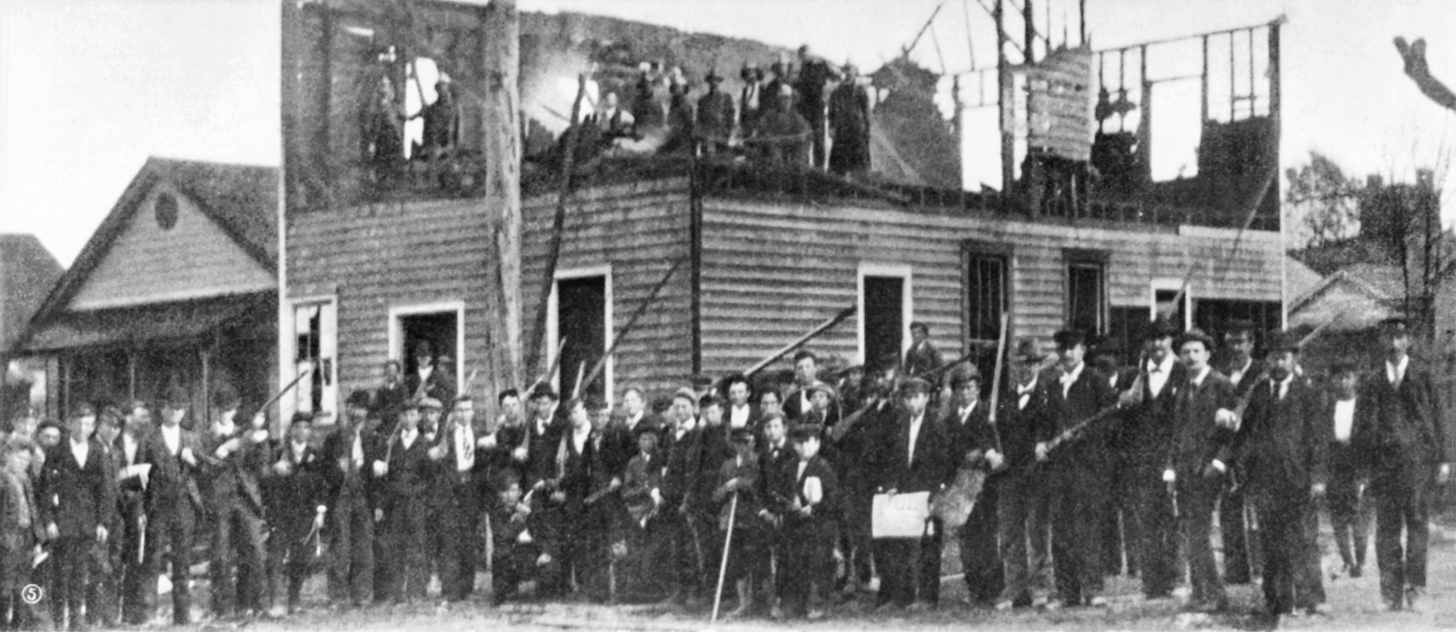
“At the center of their strategy were the gifts and assets of Daniels, editor and publisher of the News & Observer,” Tyson wrote. “He would spearhead a propaganda effort that would incite white citizens into a furor that led to election fraud and mass murder.”
After purchasing the newspaper in 1896, Tyson wrote, Daniels made it “a pivotal instrument of the white supremacy campaign,” with coverage characterized by sexual imagery and racist cartoons, some of which were reproduced in the paper’s special section.
Three days after the murder and expulsion at gunpoint of hundreds of Wilmington’s African American politicians, civic leaders, elected officials and prominent businessmen, the News & Observer proclaimed: “Negro rule is at an end in North Carolina forever.” Within a year, the state’s African American citizens were officially disenfranchised, as they would be throughout the South.
As a result of the massacre and putsch, Tyson wrote, “A new social order was born in the blood and flames,” one heralded by Daniels as “permanent good government by the Party of the White Man.”
The News & Observer published a separate editorial apology to coincide with the 2006 special Wilmington section, titled “A Painful Past,” writing that what it did in 1898 was “not a history we can undo.”
“We simply came to the determination that to fully acknowledge our role was appropriate,” said Steve Ford, editorial page editor for the News & Observer, in an interview with Editor & Publisher magazine at the time. “Once you do that, it came to seem to us that an apology was a natural step to take.”
With the decision made to revisit the paper’s role in the 1898 riot, Quarles, the publisher in 2006, said in an interview with Poynter, “We wanted to make sure we did as accurate and fair a report as possible. We wanted to be fair to the Daniels family. I know it had to be painful, but it was a story that had to be told. We’re thankful that we told the story.”
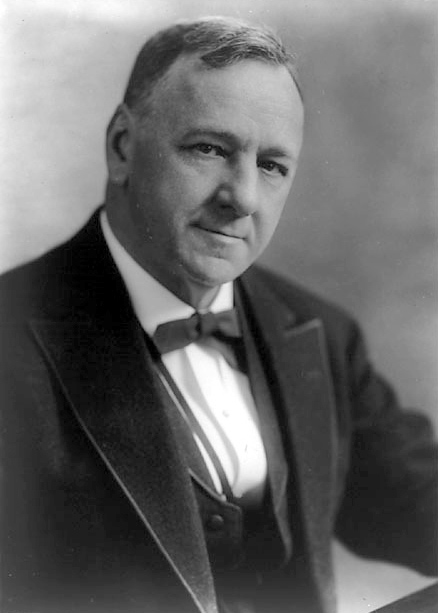
The Charlotte Observer, also owned by McClatchy, published its own editorial apology, with good cause, Tyson wrote.
What was then the Charlotte Daily Observer ran a series of similarly inciting news articles running up to 1898, one of which carried the headline, “The Anglo Saxon/A Great White Man’s Rally.”
Here again, there is more.
“Prominent Charlotte journalists were instrumental in forming white supremacy clubs,” said Willie Griffin, staff historian at the Levine Museum of the New South in Charlotte. “Their reporting of a 1913 lynching in Charlotte suggests that reporters for the papers had been in the crowd.”
Ed Williams, the Observer’s editorial page editor, told Editor & Publisher that he acknowledged his unease with “people who didn’t commit a wrong apologizing to those who were wronged and are long dead.” Notwithstanding, he said his paper “needed to get on the right side of history.”
The list of those Southern newspapers that were on the wrong side of history is long. It is unsettling to say the least to look back at their failings — newspapers covered events, wrote news accounts and penned editorials that surely contributed to the deaths of African Americans.
The white press in the early 20th century was composed of “community leaders and civic boosters,” according to University of North Carolina historian Kenneth Janken’s biography, “Walter White: Mr. NAACP.” “The reporting they did on lynching and pogroms reflected the consensus of the elites in their area,” Janken said in an email interview. “The press were doing their part to enforce the color line, and in the first decades of the 20th century, enforcement included lynching and other forms of racial violence.”
Walter White reported in one of his own books on lynching, “Rope and Faggot: A Biography of Judge Lynch,” that in 1920 an African American sharecropper who fled Arkansas after shooting his white landlord in a financial dispute, was captured in Texas and taken to Mississippi. “The newspapers were advised in time to issue early afternoon ‘extras’ giving full details as to time, place and other arrangements for the forthcoming lynching,” White wrote.
Atlanta: 'Police have the strangler'
In Atlanta, inflammatory press coverage likely contributed to both the Atlanta Race Riot of 1906 and the 1915 killing of Leo Frank, a Jewish factory manager convicted of the murder of one of his employees, 13-year-old Mary Phagan. The roots of this incendiary coverage reach back at least into the late 19th century, according to research by Kathy Roberts Forde of the University of Massachusetts Amherst, with the assistance of journalism students Ethan Bakuli and Natalie DiDomenico.
Henry Grady was the venerated editor of the Atlanta Constitution who popularized the term “New South,” and for whom the University of Georgia’s school of journalism is named. He was also a white supremacist who, the researchers write, was “comfortable with racial violence” in the pages of his newspaper in the 1880s:
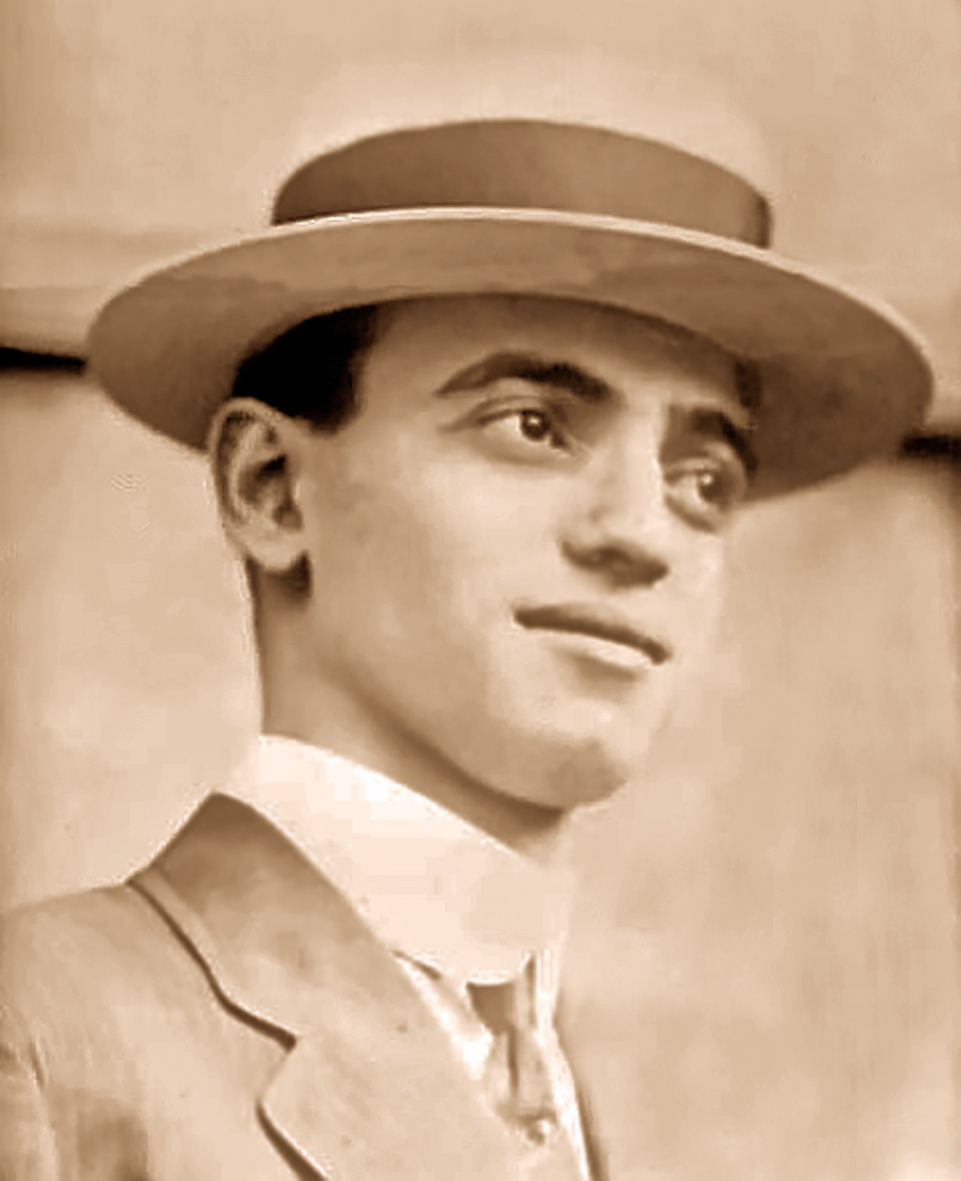
“Under Grady’s editorial guidance, the Constitution wrote about lynching with disturbing levity, condoning and even encouraging it. One headline read ‘The Triple Trapeze: Three Negroes Hung to a Limb of a Tree.’ Another rhymed ‘Two Minutes to Pray Before a Rope Dislocated Their Vertebrae.’
“Yet another headline read: ‘Lynching Too Good For the Black Miscreant Who Assaulted Mrs. Bush: He Will Be Lynched.’ And appallingly, the man was lynched.”
In 1906, the Atlanta Georgian daily newspaper and its sister publication, the Atlanta News, began publishing accounts of alleged sexual attacks on white women by black men, none of which were substantiated. The campaign was part of a larger effort by two Democratic candidates for governor, a pair of journalists who were competing to win votes by disenfranchising African American citizens. One, M. Hoke Smith, was the former publisher of the Atlanta Journal; the other, Clark Howell, was the editor of the Atlanta Constitution. Both newspapers featured the ongoing debate.
On Sept. 22, 1906, the Georgian and the News, as well as the Constitution and the Journal, published stories detailing what they said were four separate attacks on white women by black men. The two editions incited a mob of more than 10,000 white men, who for two days went on a rampage, stabbing and beating black people on the street, killing as many as 50 of them, and attacking residences and businesses. None of the rape charges was ever substantiated, and no rioters were prosecuted.
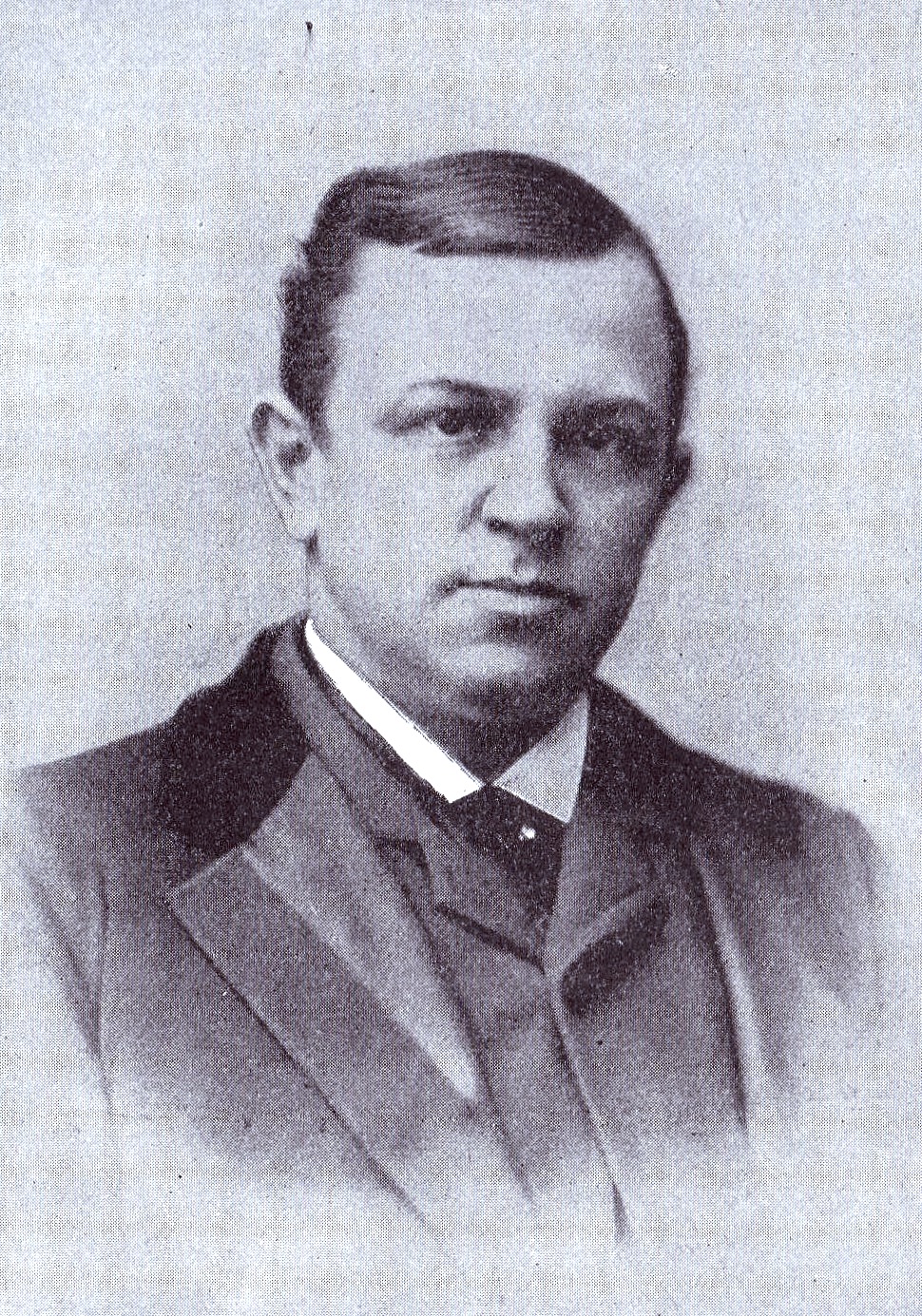
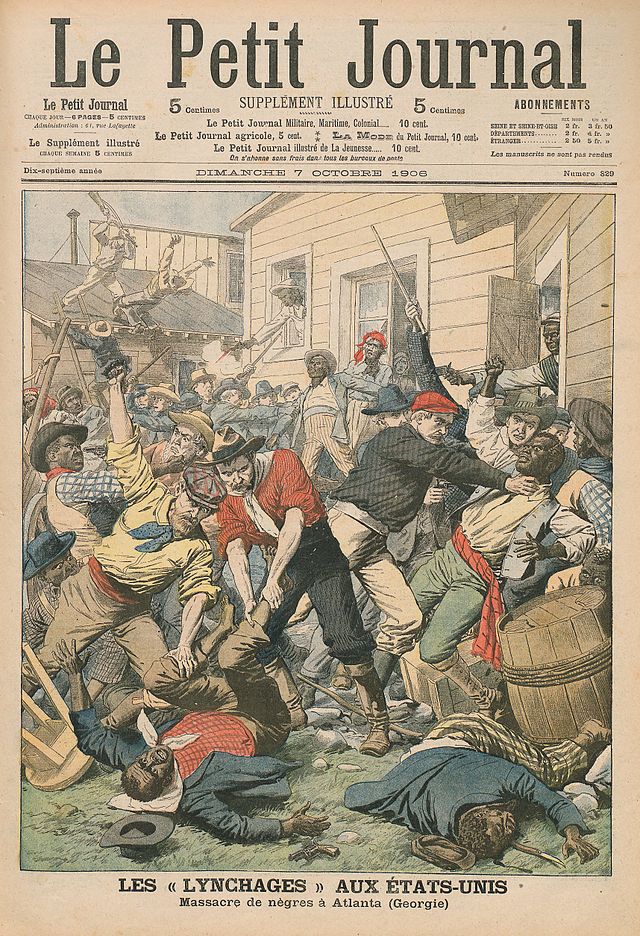
Not all of the racial sins of commission in the South were committed by Southerners. By the time Leo Frank was arrested seven years later in Atlanta for killing Mary Phagan, the Georgian had been purchased by William Randolph Hearst. The day after Frank was arrested the newspaper ran a banner headline, just under the masthead on the front page: “POLICE HAVE THE STRANGLER.”
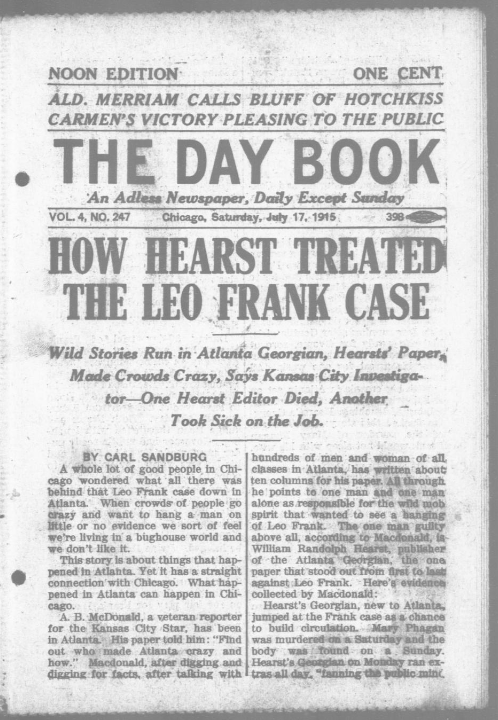
Frank was sentenced to death, as a mob outside the courthouse shouted, “Hang the Jew! Hang the Jew!” But there was sufficient doubt about his guilt that the governor of Georgia commuted his sentence. Nonetheless, on Aug. 15, 1915, Frank was dragged from the penitentiary by a mob of two dozen white men and hanged from a tree at a crossroads outside Marietta.
In 1986, Frank was posthumously pardoned by the five-member Georgia State Board of Pardons and Paroles. The Georgian was purchased by the Journal and the Constitution and ceased publication in 1939.
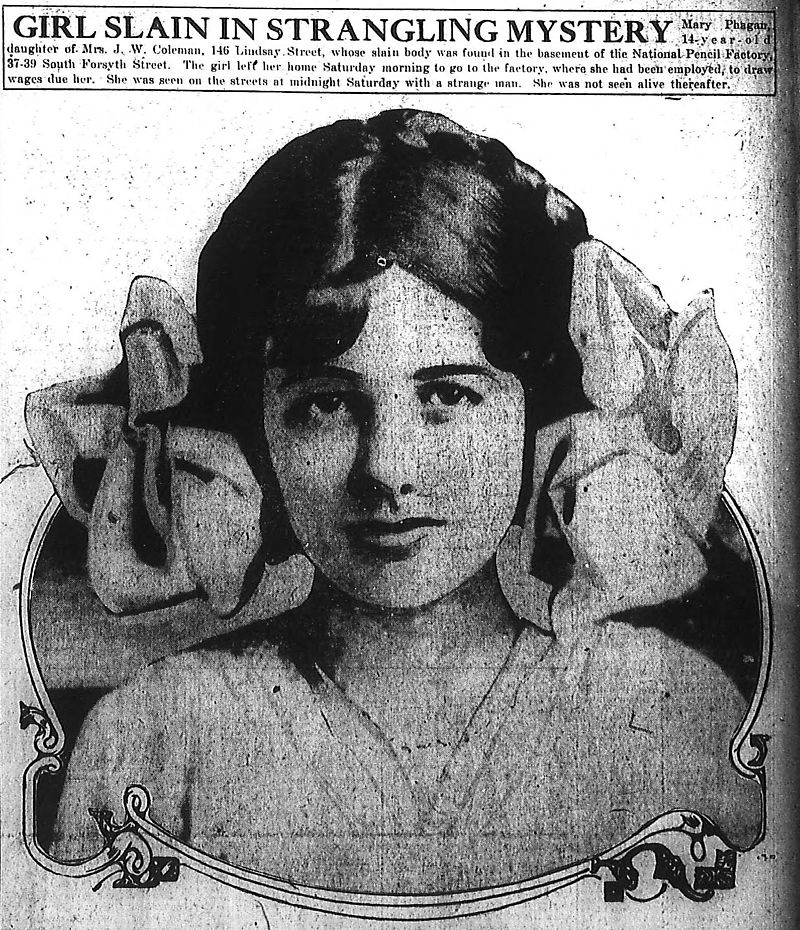
Elaine, Arkansas: 'Plan to kill all whites'
Newspapers set the stage for continued racist terror as World War I ended. In 1919, the African American leader W. E. B. Du Bois wrote an editorial, “Make Way for Democracy,” in the NAACP journal The Crisis. “We saved it in France, and by the Great Jehovah, we will save it in the United States, or know the reason why,” he wrote. But, at the same time, as the lynchings spread, Du Bois was concerned by “the boasts of white newspapers in the South about the bloody fate in store for any black men daring to come back from the war expecting to be treated like a white man,” wrote Lewis, the Du Bois biographer, in his two-volume, Pulitzer Prize-winning biography of the African American leader.
Coverage of one incident in Arkansas in which a rampaging white mob was thought to have killed several hundred African Americans left Du Bois “furious about the distortions in the press concerning the Arkansas blood lettings,” according to Lewis’ biography. The episode, known as the Elaine Massacre, followed a Sept. 30, 1919, shootout at a church where about 100 sharecroppers had gathered to organize themselves into a union to combat exploitation. White landowners and law enforcement confronted the union’s armed guards; shots were fired, leaving a white railroad police officer killed and another white man wounded. Two days of strife ensued.
Little Rock’s Arkansas Democrat newspaper reported on Oct. 2 that 500 soldiers, together with white vigilantes, were ordered to “round up” the “heavily armed negroes,” according to an Aug. 2, 2018, article in smithsonian.com by Francine Uenuma:
“The troops were ‘under order to shoot to kill any negro who refused to surrender immediately,’” the paper wrote. The killings that followed, Uenuma wrote, were “indiscriminate — men, women and children unfortunate enough to be in the vicinity were slaughtered… They went well beyond that, banding together with local vigilantes and killing at least 200 African Americans (estimates run much higher but there was never a full accounting). Amidst the violence, five whites died, but for those deaths, someone would have to be held accountable.” Unsurprisingly, 122 African Americans were arrested, 73 charged with murder, and 12 sentenced to death. No whites were charged. Ultimately, after years of litigation and appeals — one to the U.S. Supreme Court — all 12 were released.
Following the carnage, “local media coverage continued to fan the flames daily, reporting sensational stories of an organized plot against whites,” according to Smithsonian.com. A multi-deck headline on the front page of the Oct. 3 issue of Little Rock’s Arkansas Gazette read: “Negroes plan to kill all whites, slaughter was to begin with 21 prominent men as the first victims, blacks had armed themselves and planned to kill every white person in sight when plot was exposed.”
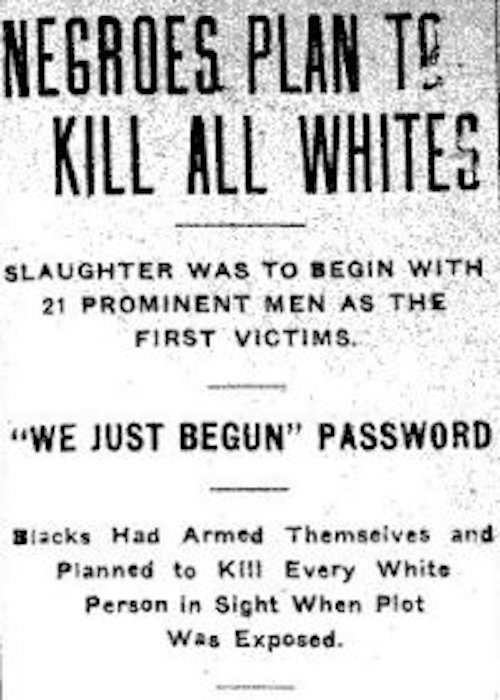
A statement subsequently appeared in the Democrat, echoing that charge, that those blacks killed were part of a “deliberately planned insurrection of the negroes against the whites” led by the union, the leaders of which planned to utilize “ignorance and superstition of a race of children for monetary gains.”
The week after the killings, the Democrat congratulated those involved “on the whole episode and their ability to restore order, confidently claiming that not one slain African American was innocent,” Uenuma wrote, apparently including a wounded World War I veteran who was dragged off a train and shot to death with his three brothers.
NAACP leader Walter White traveled the nation, mostly in the South, investigating lynchings from 1918 to 1926, reporting on it for The Crisis, as well as for The Nation, The New Republic and the New York World. One of his chief findings, about which he also testified to Congress, was “the culpability of the press in inflaming the mob,” according to Janken, his biographer.
White made a surreptitious trip to Elaine to investigate the killings, writing that “careful examination … does not reveal the ‘dastardly’ plot which has been charged,” and that the sharecroppers union had no plans to ignite an uprising. White “pointed out that the disparity in death toll alone belied the accepted version of events,” Uenuma wrote. “With African Americans making up a significant majority of local residents, ‘it appears that the fatalities would have been differently proportioned if a well-planned murder plot had existed among the Negroes,’ White wrote in The Nation.”
The NAACP also pointed out in its publication The Crisis that “in the prevailing climate of unchecked lynchings and mob violence against African Americans, ‘none would be fool enough’ to do so. The black press picked up the story and other papers began to integrate White’s counter-narrative into their accounts, galvanizing support for the defendants.”
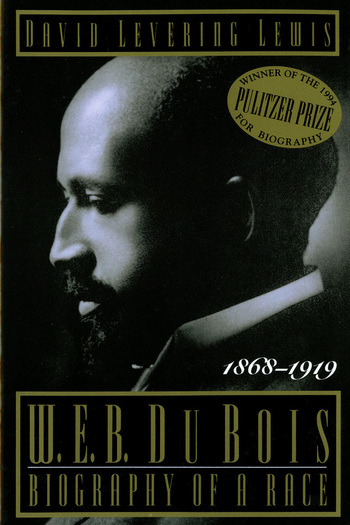
Ocoee, Florida: 'Race trouble ... claims 2 white victims'
On July 8, 1920, the Durham, North Carolina, Morning Herald hailed the lynching of a black laborer named Ed Roach, accused of assaulting a 14-year-old white girl, according to “The Best of Enemies: Race and Redemption in the New South” by Osha Gray Davidson. It wrote that the mob “performed its task quietly and in a well organized manner.” Three days later, the newspaper reported that Roach was not guilty of the charge.
When white Southern newspapers weren’t inciting lynchings and race riots, or congratulating the participants, they were covering them up. In 1916, an unnamed correspondent reported in The Crisis, recounting a lynching in Waco, Texas, “I went to the newspaper offices. They were all of the opinion that the best thing to do was to hush it up.”
On Election Day in 1920 in the Central Florida town of Ocoee, an African American man named Mose Norman was prohibited from voting because white officials said he had failed to pay his poll tax. Enraged by this denial of his rights, Norman returned with a shotgun and several dozen of his equally enraged friends and neighbors. The dispute escalated, and Norman fled to the home of Julius “July” Perry.
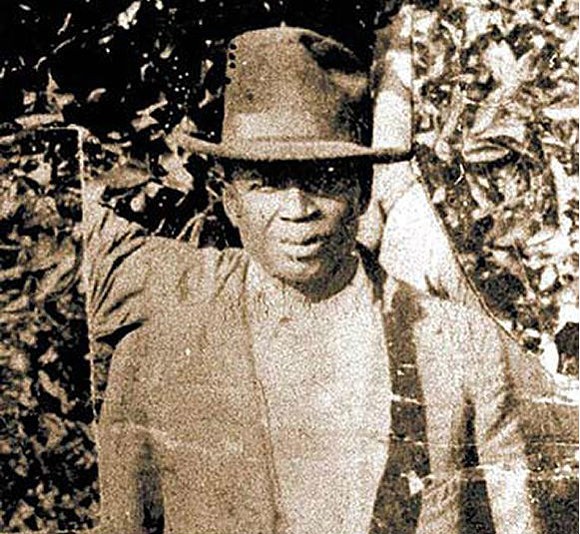
An armed white mob surrounded Perry’s house, shooting into the residence, according to the documentary “1920 Ocoee Massacre and Beyond: Paths To Truth and Reconciliation.” Between 500 and 1,000 rounds were fired into the house and a nearby church, where other African American residents had sought refuge. Those inside the house returned fire, fatally shooting two members of the mob. Perry was arrested and transported to the Orlando jail, but was taken from his cell and lynched. Before the night was over, an estimated 50 other black people were hunted down and killed, while two dozen homes, several churches and a lodge meeting hall were burned to the ground. Survivors fled the town, and none returned for more than 60 years.
The Nov. 3 edition of the Orlando Morning Sentinel carried a news account with the headline, “Race trouble at Ocoee claims 2 white victims.” Another story described the events as “A Race Riot.”
The famed African American folklorist Zora Neale Hurston, a longtime resident of the nearby African American community of Eatonville, saw the event through a starkly different prism. She compiled an account of what she called the Ocoee Massacre for the Florida Division of the Federal Writers Project in 1939. It went unpublished until 1989, when it appeared in Essence magazine.
“So night dusted down on Ocoee, with the mobs seeking blood and ashes and July Perry standing his lone watch over his rights to life and property,” Hurston wrote. “It was after sun-up when the mob stormed the jail and dragged (Perry) out, tied him to the back of a car and killed him and left his body swinging to a telephone post beside the highway. That was the end of what happened in Ocoee on Election Day, 1920.”
Tulsa, Oklahoma: 'Nab negro for attacking girl'

In the late spring of 1921 in Tulsa, Oklahoma, a white mob of hundreds unleashed a reign of terror against the city’s African American community. The riot followed — by hours — a front-page report in the Tulsa Tribune detailing a charge that a white female elevator operator had been the victim of an abortive sexual attack by a black teen.
The headline of the story read, “Nab Negro for Attacking Girl in Elevator,” which included the young woman’s account of what happened, but nothing from the arrested man, his family, friends or attorney. (He was later acquitted.)
For two days, May 31 to June 1, hundreds of African Americans were killed and black businesses and residences were burned to the ground, leaving thousands homeless and with no means of support. What had been referred to nationally as Black Wall Street for the community’s vibrancy and financial security was wiped off the map.
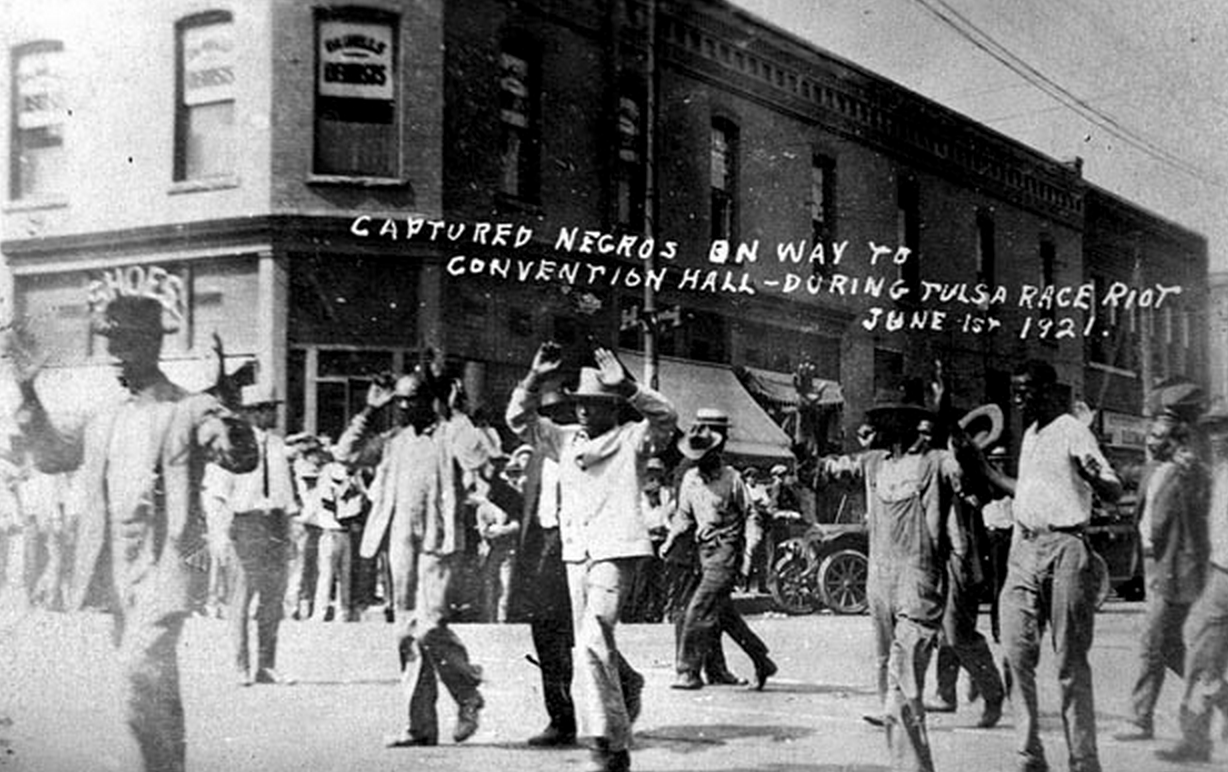

In his “Death in a Promised Land: The Tulsa Race Riot of 1921,” author Scott Ellsworth quotes Dr. P. S. Thompson, president of the Tulsa Medical, Dental and Pharmaceutical Association, on the newspaper’s role. The physician said the “immediate cause” of the racist mayhem “was a report in the Tulsa Tribune that threats were being made to lynch a Negro for attempted criminal assault upon a White girl, which was wholly without foundation or cause.”
Adjutant General Charles Franklin Barrett, the head of the National Guard unit sent to Tulsa to restore order, also quoted in the book, agreed that the cause for the riot was “the fantastic write-up of the incident in a sensation-seeking newspaper.”
The Tribune’s role was detailed in the “Oklahoma Commission to Study the Tulsa Race Riot of 1921,” released in 2001. The Tulsa Tribune ceased publication in 1992. No apology for its coverage was issued.
The sins of Tulsa’s newspapers did not end with the riot, according to the late historian John Hope Franklin, who was raised in Tulsa and whose father lived through the riots.
“For decades afterwards, Oklahoma newspapers rarely mentioned the riot,” Franklin wrote, “and entire generations of Oklahoma school children were taught little or nothing about what had happened … I observed and have concluded the 1921 riot had a devastating impact on Tulsa that lasted for decades … A culture of silence and official negligence descended on the white community of Tulsa in the years after the riot, and persisted for several decades.”
The African American press, on the other hand, unflinchingly covered race in the South. Black weeklies from Norfolk, Virginia, to Durham, North Carolina, provided vigorous, unblinking coverage, from the wave of lynchings in the 1880s to the Civil Rights Movement of the 1960s.
In his 1944 classic “An American Dilemma: The Negro Problem and Modern Democracy,” the Swedish Nobel laureate Gunnar Myrdal cited the impact and influence of black-owned newspapers, which he described as “a fighting press,” stretching back to the 19th century and Frederick Douglass’s The North Star.
As early as the 1890s, John R. Mitchell Jr., the editor of the Richmond Planet, which carried the image of a black arm with a clenched fist on its masthead, suggested that his black readers arm themselves with Winchester rifles for self-defense against white marauders.

The masthead of the (Durham, North Carolina) Carolina Times proclaimed: “The Truth Unbridled.” When, in 1933, the newspaper’s editor Louis Austin was urged by other local black leaders to back away from efforts to integrate the University of North Carolina’s School of Pharmacy for fear of inciting white violence, he replied defiantly: “If my actions will cause a race riot, you had better grease up your musket.”
“The modern Black press emerged in part to counter the nefarious work of white newspapers against Black people,” said D’Weston Haywood, author of “Let Us Make Men: The Twentieth-Century Black Press and a Manly Vision for Racial Advancement,” “especially given the tremendous influence of print journalism at this time, and the deep racial bias of the white press in overwhelmingly printing negative news about Black people.”
Early pioneers faced death threats and ruin
The precipitating spark for the Wilmington uprising of 1898 was a strident editorial in a black-owned daily newspaper, the Daily Record, challenging the notion that black men had sexual designs on white women. In the massacre, the newspaper was a prime target: The building was burned, the presses dragged into the street and destroyed, and the editor, Alexander Manly, barely escaped the city with his life.
Six years earlier, in 1892, in Memphis, the office of the Free Speech and Headlight, a newspaper co-edited and co-owned by Ida B. Wells, had been burned to the ground. The attack followed Wells’ editorials condemning a recent spate of lynchings in which she denounced “that old threadbare lie that Negro men rape white women. If Southern men are not careful, they will overreach themselves and public sentiment will have a reaction; a conclusion might be reached which will be very damaging to the moral reputation of their women.”

The editorial “was a response to another (white) paper’s assertion that the spate of recent lynchings in the South had been triggered by the increasing occurrences of rape perpetrated by black men upon white women,” according to Paula Giddings, author of the biography “Ida: A Sword Among Lions.” In any case, the white press in Memphis exploded.
“The Memphis dailies had stirred up the city with provocative words of their own,” Giddings wrote, although they were under the mistaken notion that the editorial had been written by Wells’ male partner and co-editor, J. L. Fleming.
“Those negroes who are attempting to make the lynching of individuals of their race a means for arousing the worst passions of their kind are playing with a dangerous sentiment,” the Commercial wrote. The “fact that a black scoundrel is allowed to live and utter such loathsome calumnies is evidence as to the wonderful patience of Southern whites.”
The Memphis Scimitar wrote that it was the “duty” of white men to “tie the wretch who utters such calumnies to a stake at the intersection of Main and Madison and brand him in the forehead with a hot iron and perform upon him a surgical operation with a pair of tailor’s shears,” according to Giddings’ biography.
The temporarily mistaken identity notwithstanding, Wells, who was in New York at the time, also received numerous death threats. So she never returned to Memphis, carrying on her lifelong anti-lynching campaign from Chicago.
Wells’ experience was not unique. Jesse Duke, editor of the Herald in Montgomery, Alabama, was run out of town when he wrote a similarly-themed editorial about white “Juliets” and “colored Romeos.”
In 1891, Wells wrote that, “Not until the Negro rises in his might and takes a hand in resenting such cold-blooded murders, if he has to burn down whole towns, with a halt be called to wholesale lynching.” A white newspaper, the Memphis Appeal-Advance, characterized that editorial as “remarkably villainous.” This was ironic, in that the Appeal-Advance and another Memphis paper, the Commercial, had covered lynchings “in such harrowing detail that it was clear the reporters had been called in advance to witness the lynching,” according to historian Giddings.
Although a foreigner, Gunnar Myrdal “saw clearly what even the most astute Americans saw only dimly, if at all: that the black press was at the center of a developing Negro protest in the United States,” according to “The Race Beat: The Press, the Civil Rights Struggle, and the Awakening of a Nation,” by Eugene Roberts and Hank Klibanoff. These weeklies were “the only newspapers that were covering race in any meaningful way … Across the South, almost without limitation, Negroes had access to black weeklies that ridiculed white hypocrisy, spoke out bitterly against racial injustice, reinterpreted the mainstream press, and covered Negro social and religious organizations in detail.”
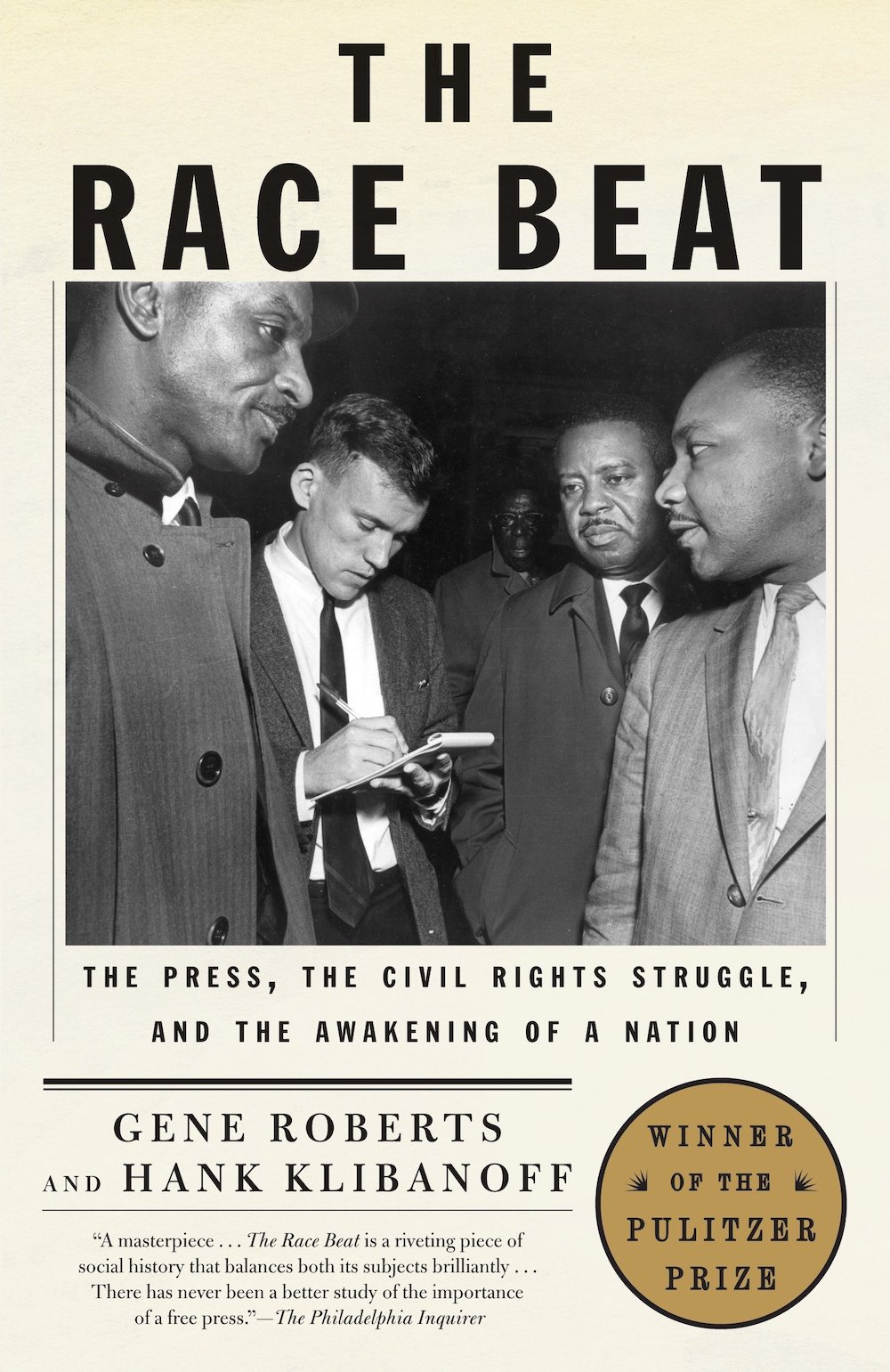
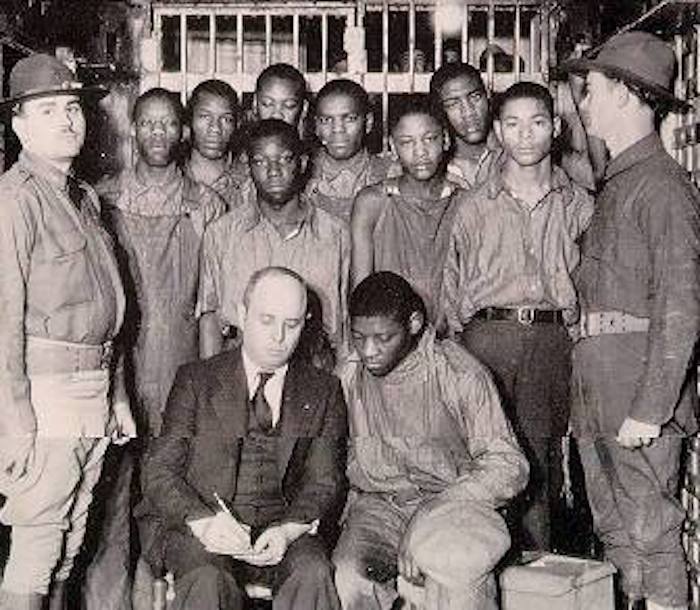
The black press proves tireless
In the 1960s, as the Civil Rights Movement gained momentum in the region, this tradition continued. Heroic African American reporters, especially from the Chicago Defender, Baltimore Afro-American and the Pittsburgh Courier, continued reporting — at great personal risk, as they had for decades — on racial justice in the South. From the 1931 Scottsboro Boys in Alabama to the lynching of Emmett Till in 1955, journalists for the black press distinguished themselves.
“Spending long hours on buses and trains, the reporters moved across the South, working their way into backwater towns where white dominance frequently slipped into tyranny,” according to “The Race Beat.”
For the most part, however, coverage by the white-owned press remained blinkered — or worse.
One-sided local coverage of cases like Scottsboro — in which nine young black men and adolescents accused of raping two white women in a freight car in 1931 — no doubt contributed to the death sentences for all but one 12-year-old defendant. None of the executions were ultimately carried out. After multiple trials and appeals, charges were dropped against four of the men. Others were paroled, escaped or served long prison sentences.
The impending 1935 lynching of Claude Neal, captured in Alabama and transported to his death in Florida, “was advertised and updated on radio in the region, attracting thousands to witness his ghastly torture,” according to UNC historian Kenneth Janken.
That journalistic mindset was still firmly in place in 1949 and into the 1950s when, in Florida, the Orlando Sentinel wrote about the Groveland case and, in 1955, Mississippi newspapers covered the case of Emmet Till. Times and attitudes soon began to change, if only a little.
Till, a 14-year-old Chicagoan, was spending part of the summer visiting relatives in the small town of Money, Mississippi, when, on Aug. 24, 1955, he crossed paths with a 21-year-old white woman named Carolyn Bryant in her family’s grocery store. Bryant, who was working alone, claimed that Till made a purchase, asked her for a date — which she refused — and directed what was later described as a “wolf whistle” toward her.
On Aug. 28, in the middle of the night, Roy Bryant, 24, Carolyn’s husband, and his half-brother, J. W. Milam, 38, came to the house where the teenager was staying, seized him and took him away. His shot and bludgeoned body was found three days later in the Tallahatchie River, tied to a cotton-gin fan. The two white men, who admitted to kidnapping Till but not to killing him, were arrested and tried for murder on Sept. 19. Despite overwhelming evidence, the pair was acquitted after five days . (In 1956, they admitted the murders in confessions published in Look magazine.)
While an all-white jury in 1950s Mississippi was likely predisposed to such a verdict, the local white press was more than willing to add its thumb to the already unbalanced scales of racial justice. Florida State University professor Davis Houck and Matthew A. Grindy, authors of “Emmett Till and the Mississippi Press,” documented how “public opinion got formed and re-formed based on a careful reading of Mississippi newspaper articles, editorials, photographs, and letters to the editor.”
A reporter for The Clarion-Ledger in Jackson, Mississippi, wrote that “The kidnap-murder was not a lynching and when the NAACP says so, it proves its cynical purpose of inflaming the Negro people of this state against the Whites. Its reckless allegations must not go unchallenged.” In an editorial, the paper wrote, “by reason of incidents of this kind that such radical groups as the NAACP are able to raise large sums of money for expansion of its strife-breeding business.”
The bias was evident even in small, subtle details of reporting. During the trial, Carolyn Bryant was described as “a pretty 21-year-old married mother of two,” while Emmet’s mother, Mamie Bradley, was described as “a somewhat plump 33-year-old divorced mother.”
By contrast, national African American and Communist newspapers carried the story accurately, and in depth. There were some local bright spots, according to Houck and Grindy, like the white-owned Clarksdale Press Register, which “called emphatically for justice: ‘If conviction with the maximum penalty of the law cannot be secured in this heinous crime, then Mississippi may as well burn all its law books and close its courts, for we cannot then stand before the nation and the world as a self-governing state capable of making and enforcing its own laws and punishing thus [sic] who most grievously offend those laws.’”
As hard-working and truthful as the black press was, it was still in the minority. The majority of news being consumed in these eras was from white reporters and newspaper owners, a handful of whom recognized the power intrinsic in their roles, and used that power for good.
White allies: Few but powerful
Not every white-owned Southern newspaper or Southern reporter failed to fairly and accurately cover lynchings and the Civil Rights Movement. A relatively few white Southern journalists and newspapers, large and small, distinguished themselves during the Civil Rights era. Ironically, some came from the same publications that earlier in the century had been the worst purveyors of racist coverage. Southern journalists like Ralph McGill and Eugene Patterson at The Atlanta Constitution, Harry Ashmore at the Arkansas Gazette, Jack Nelson at the Los Angeles Times and Claude Sitton and Gene Roberts for The New York Times took risky stands to speak and write the truth about racist terror. The Communist paper the Daily Worker, published in New York City, had as its unlikely correspondent a white, patrician Mississippian named Rob Hall.
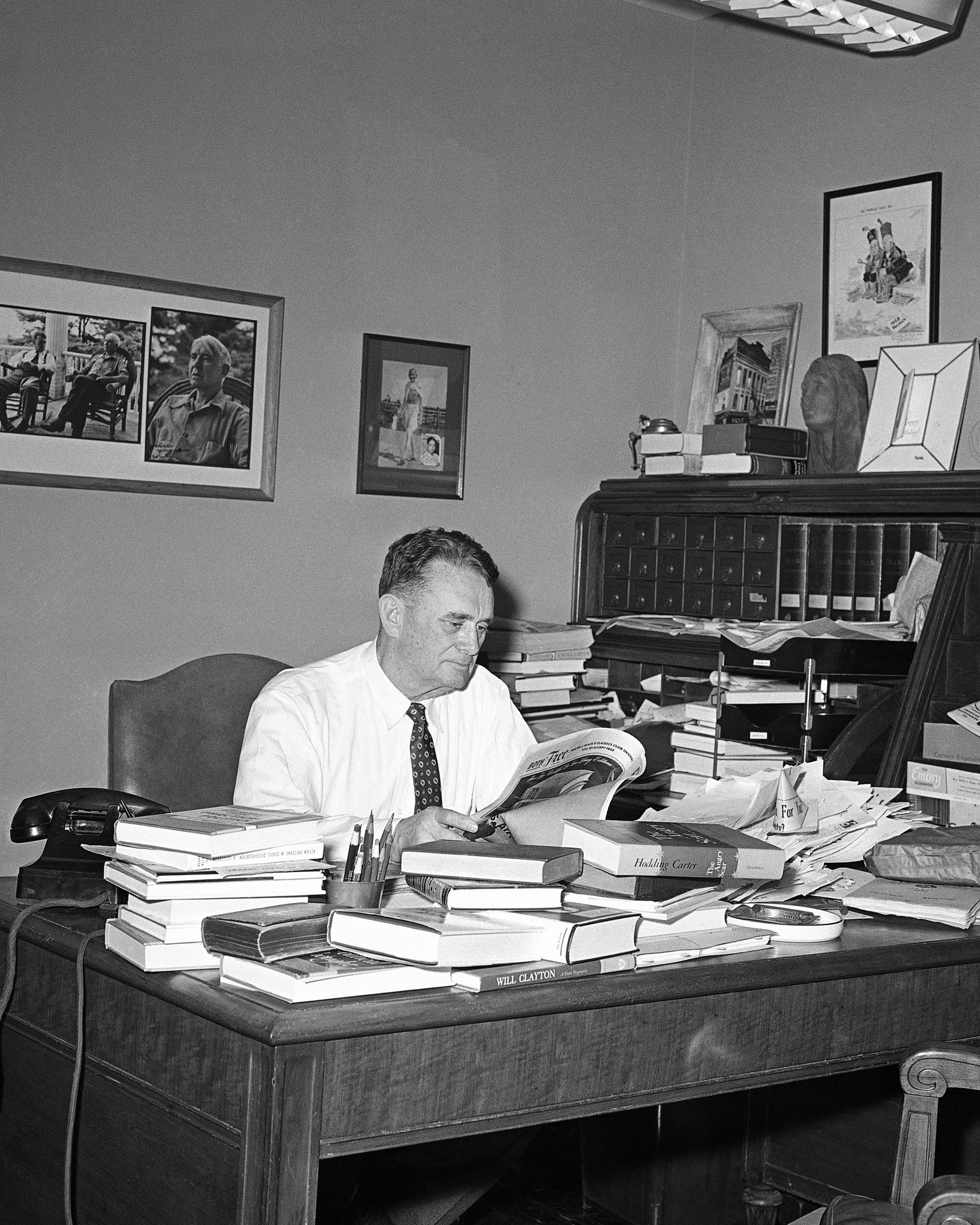
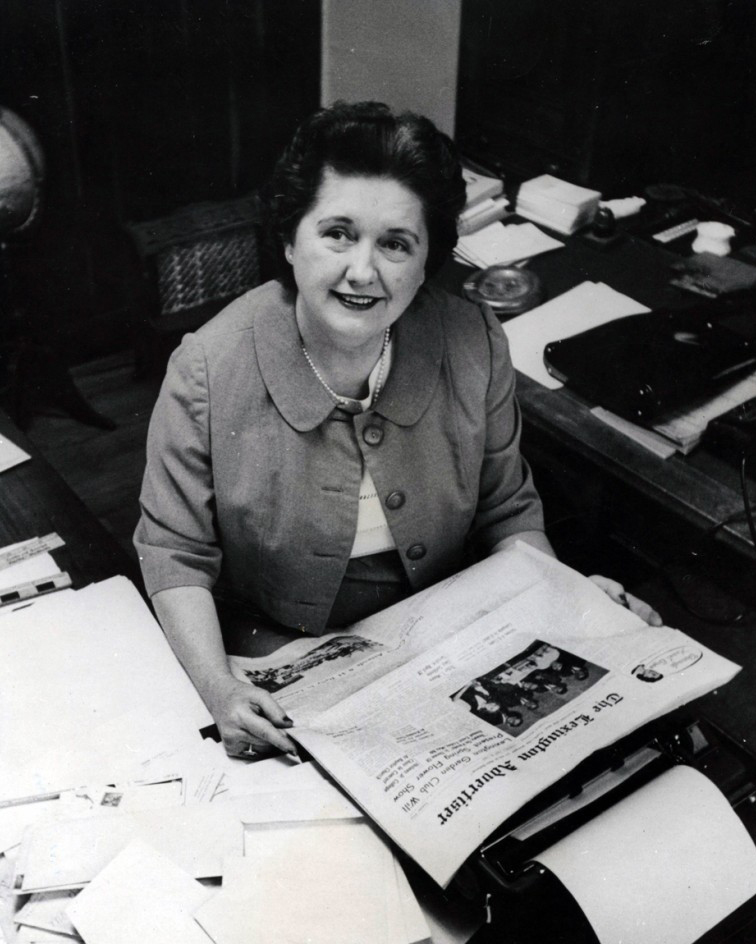
In Mississippi, there was Hazel Brannon Smith at The Lexington Advertiser and Hodding Carter at the Delta Democrat Times; in North Carolina, Thomas Lassiter Jr. at The Smithfield Herald denounced Ku Klux Klan violence. As a result, cross burnings, threats of violence and advertiser boycotts were not uncommon for these journalists.
A year after the Groveland Four were arrested, the then-St. Petersburg Times (now the Poynter-owned Tampa Bay Times) wrote a series on how the case was a frame-up, recounted in King’s “Devil in the Grove,” and another, earlier book, “Legal Lynching: The Sad Saga of the Groveland Four,” by journalist Gary Corsair.
According to a PBS documentary, which aired April 24, 2018, “Norman Bunin was a young copy editor at the St. Petersburg Times when he decided to look into the 1949 Groveland Four case. The trial had captivated the nation just months before, but the case didn’t add up to Bunin. Working on his own time, he conducted exhaustive research. His three-part series, published in April 1950, cast grave doubt on the convictions of the three surviving defendants.”
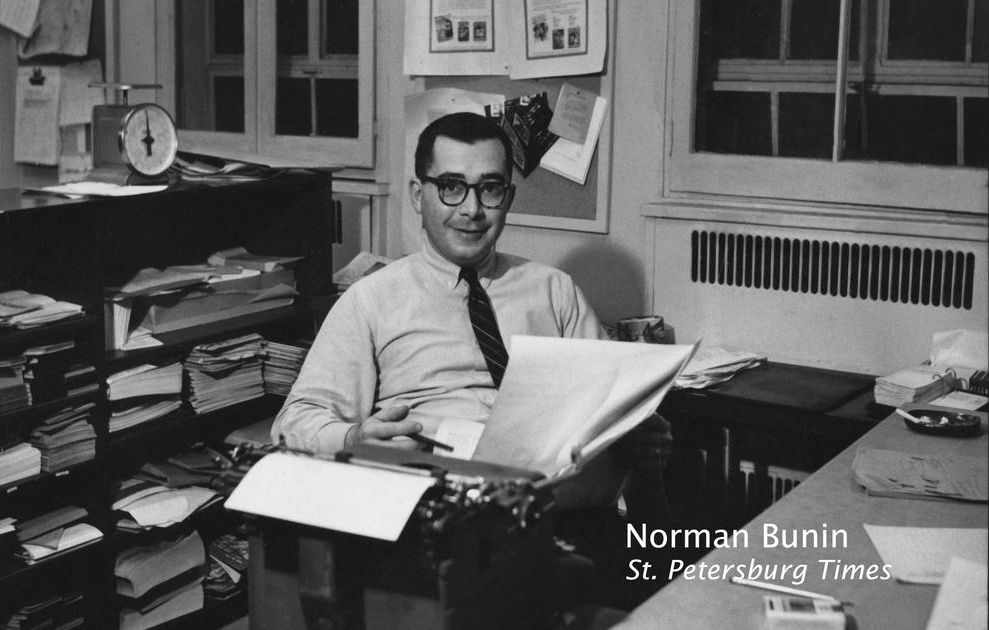
Author King said that the Sentinel’s coverage may have been constrained by its ties to agriculture and the citrus industry. The paper’s owner and publisher, Martin Andersen, was himself a citrus grower as well as a Mississippi native.
By contrast, King said, the Times “was more progressive than most other newspapers in Florida, and it had writers, editors and a publisher who was more committed to the civil rights and equal justice under law.”
But the taint of racist reporting lingers, as some more recent examples suggest.
In the November 1979 Greensboro (North Carolina) Massacre, for example, five leftist, anti-racist demonstrators — including one African American and one Latino — were killed and 11 others wounded, some critically, by Nazis and Klansmen. However, in the weeks and months following the shooting, the city’s two daily newspapers continued to describe the incident as “a shoot-out” rather than the ambush it was. Such coverage, survivors and supporters said, probably influenced the jury pool in the unsuccessful state and federal prosecutions of those responsible.
There are more contemporary analogs. In 1989, the New York City tabloids engaged in coverage of the case known as The Central Park Five. The young black men were accused of raping and beating unconscious a white woman jogging in Central Park, leaving her in a coma. The coverage (egged on by a publicity-seeking real estate developer named Donald Trump) helped railroad them to long prison terms, until they were exonerated. The case is the subject of a five-part Netflix drama series airing later this year, written and directed by Ava DuVernay.
On July 24, 1999, the day after 38 black men in the tiny west Texas town of Tulia were entrapped and arrested on what turned out to be bogus drug charges — based on the testimony of a corrupt, undercover white informer — The Tulia Sentinel’s story about the arrests carried the banner headline, “Tulia streets cleared of garbage.”
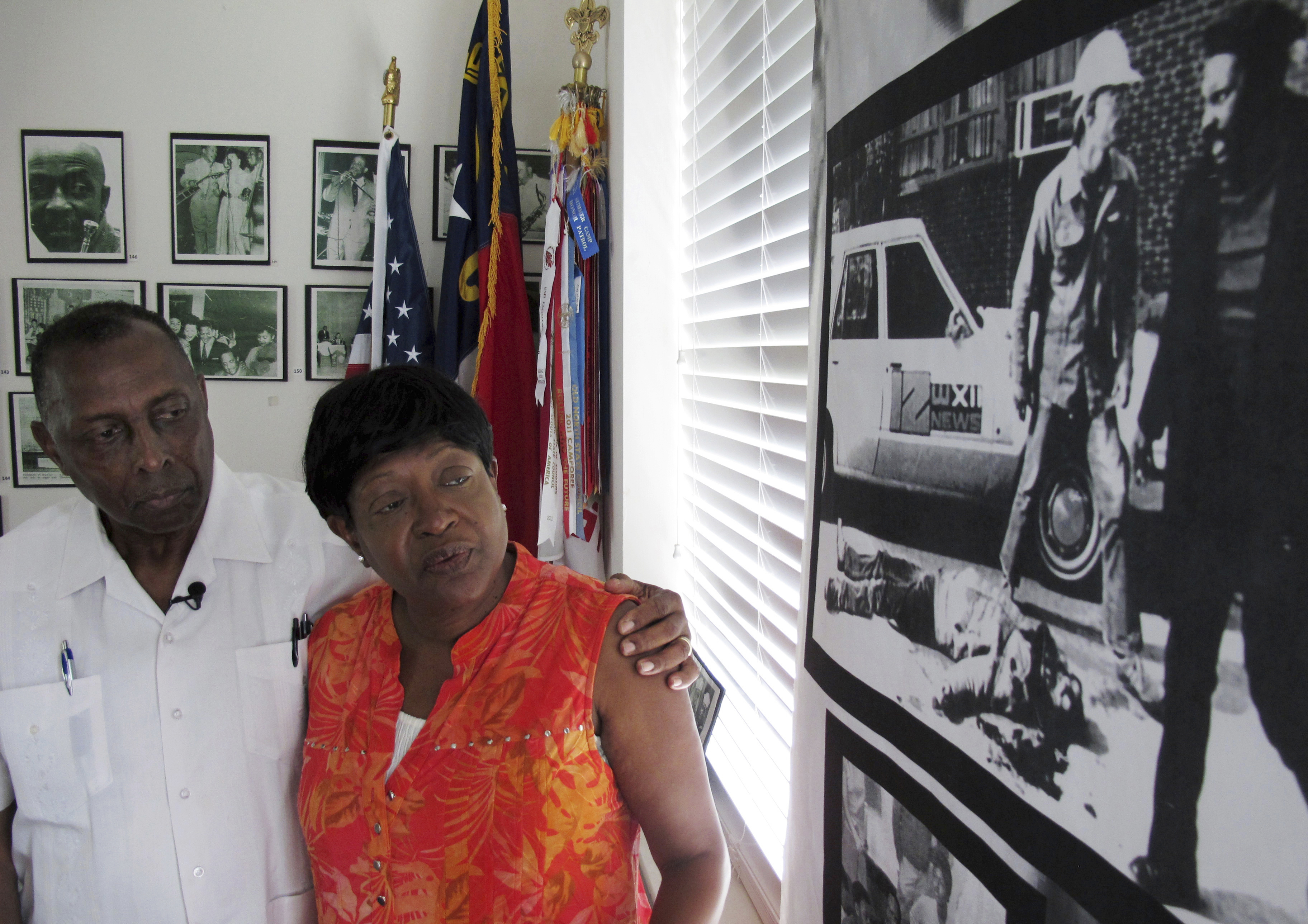
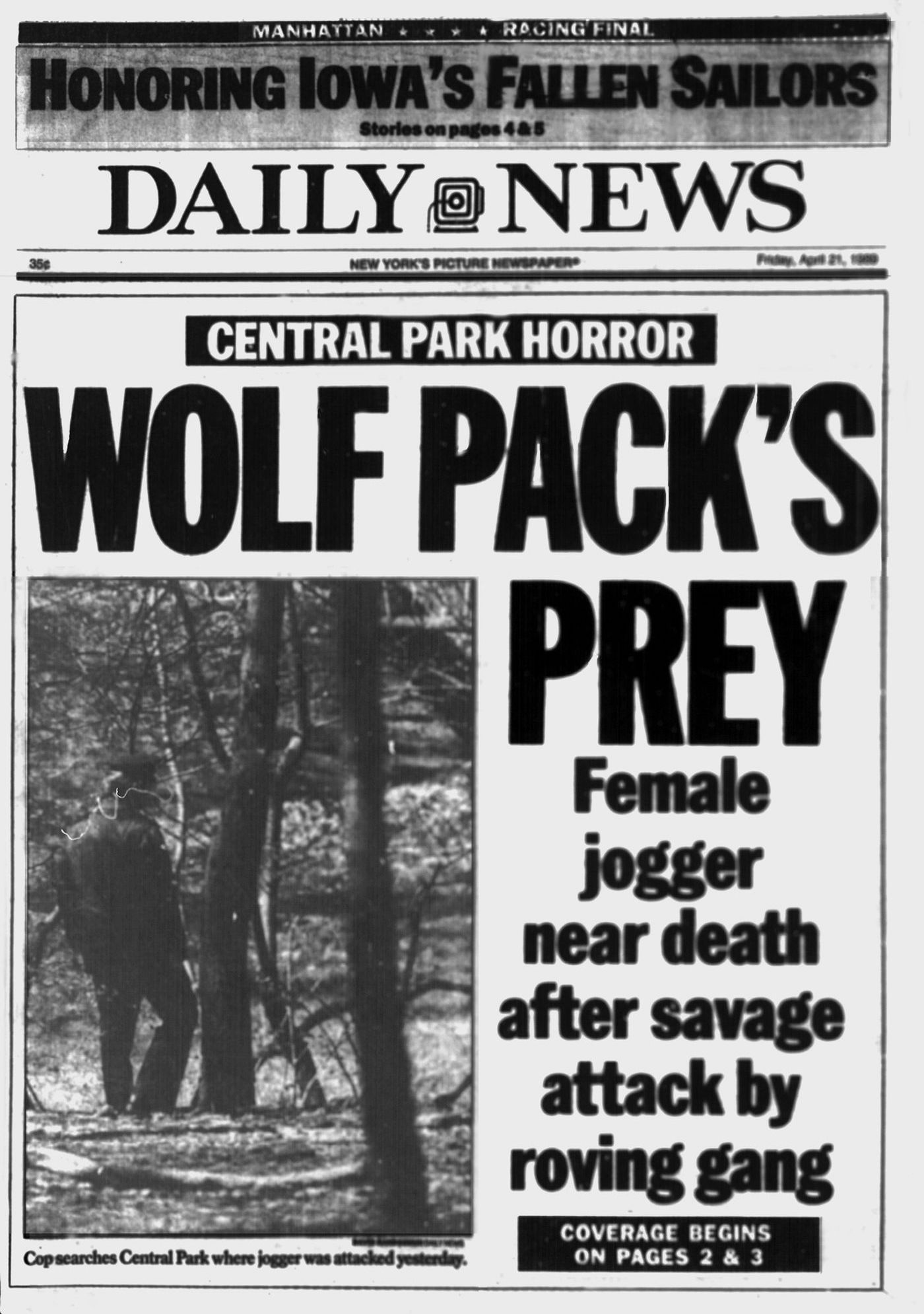
To the shock of many readers, North and South, on Feb. 14, 2019, an editorial appeared in an Alabama weekly, the Democrat-Reporter, under the headline, “Klan Needs to Ride Again.” In it, 79-year-old publisher Goodloe Sutton wrote, “Time for the Ku Klux Klan to night ride again,” this time against Democrats and Republicans in Washington, D.C. In a subsequent interview with the Montgomery Advertiser, Sutton said, “If we could get the Klan to go up there and clean out D.C., we’d all been better off.” What did he mean? “We’ll get the hemp ropes out, loop them over a tall limb and hang all of them.”
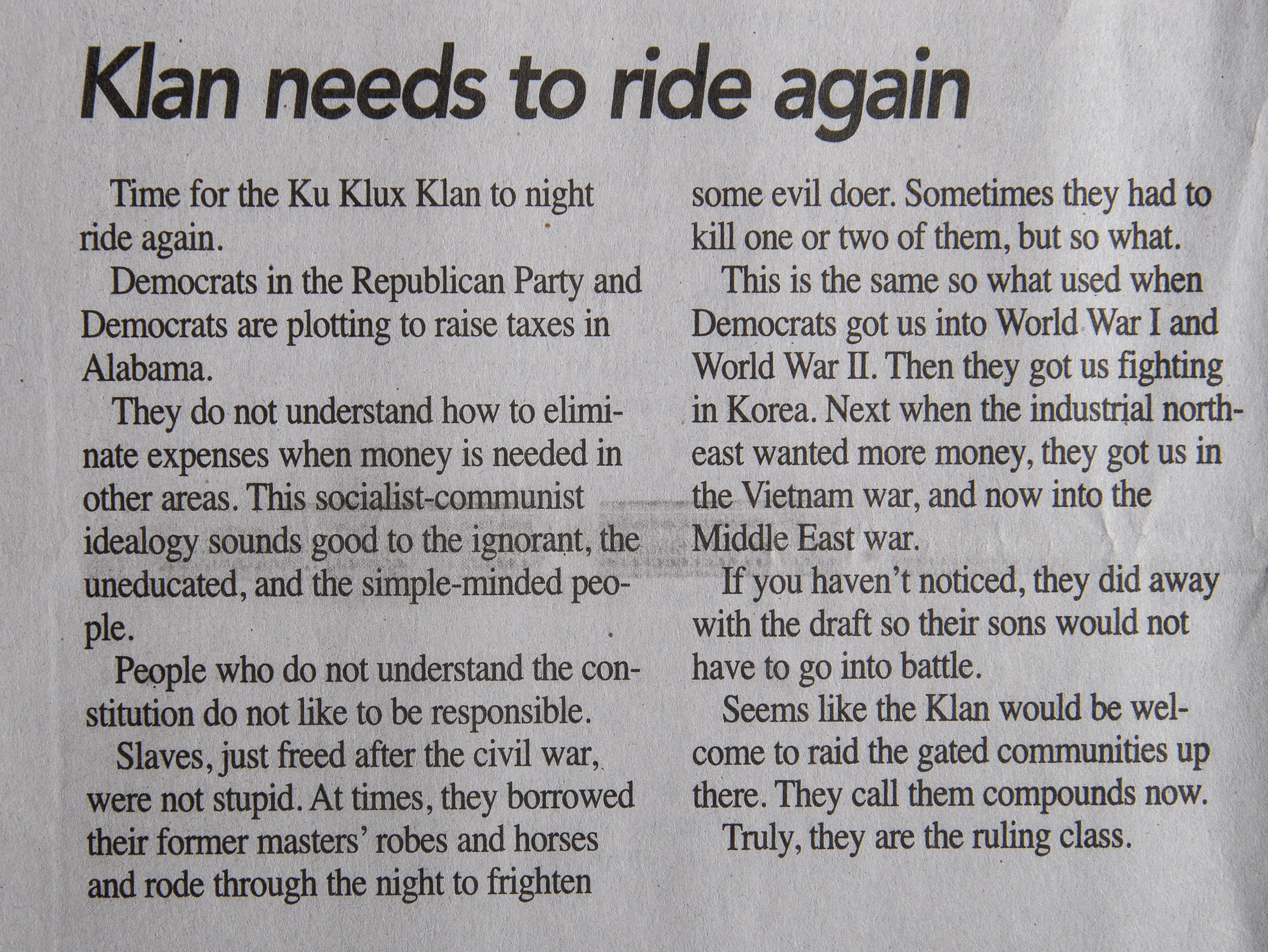
Sutton was censured and suspended from the Alabama Press Association, and removed from the University of Southern Mississippi School of Communication Hall of Fame. On Feb. 22, Sutton, who owns the newspaper, appointed an African American woman, Elecia Dexter, to succeed him as editor and publisher. He gave no explanation for the move. But several weeks later, Sutton forced her to resign.
“I would have liked it to turn out a different way, but it didn’t,” Dexter told The New York Times. “This is a hard one because it’s sad — so much good could have come out of this.”
Twentieth-century historians of the region and the period tend to support those Southern newspapers that have come forward with apologies.
“On the one hand, it is too little, too late,” said Robert Korstad, professor of public policy and history at Duke, and co-editor of “Remembering Jim Crow: African Americans Tell About Life in the Segregated South.” “But on the other hand, these apologies, especially if they include real reporting of their misdeeds, help educate people today about the past.”
“Recognition of wrongs past doesn’t make a right, or bring absolution for the complicit, much less restore the lives of the Groveland Four or the lives of the families decimated by what happened,” said Sydney Nathans, professor of history emeritus at Duke, and author, most recently, of “A Mind to Stay: White Plantation, Black Homeland.”
“I think that such revelations and apologies confirm the role of coverage and cover-ups past,” Nathans said. “I like to think that if coupled with stories of struggles for justice and against injustice, the combination provides a basis for appreciating those who fought for a better world, and continue to do so.”
So what will today’s journalists have to apologize for in the decades to come?
King thinks the wait need not be so long.
“I think one lesson would be to question everything and be suspicious of seemingly obvious narratives,” he said. “Because today’s stories move so much faster, it’s easier to be influenced by reporting that we can see on video and cell phone cameras. Yet journalists can still get these stories wrong if they are not careful in their reporting. Hopefully, we’ve gotten to a point where apologies will be more immediate.”
“Owning up to such complicity, and fully admitting it, is in my view a good thing,” said Sinitiere, who is also a professor of history at the College of Biblical Studies in Houston. “But beyond an apology, how are these newspapers and contemporary journalistic institutions working to repair society in the present day? In other words, how are they working to reverse structural disadvantage in a society to which their previous reporting contributed? And are they commenting on current media organizations whose current reporting imperils the lives of black people in very real ways?”
Griffin of the Levine Museum in Charlotte said, “The newspapers were wildly important in fomenting violence, not something we give a lot of attention to in the 20th century. What is needed is more an acknowledgment, rather than an apology, and a commitment to teaching about it.”
Learn more about the role Southern newspapers played in segregation and racial violence with the following documentaries.
Mark I. Pinsky, an author and former staff writer for the Orlando Sentinel, has reported on racial justice issues around the Southeast for a variety of publications and platforms for nearly 50 years. He can be reached at osopinsky@aol.com.
Written by Mark I. Pinsky
Designed by Ren LaForme
Edited by Barbara Allen

